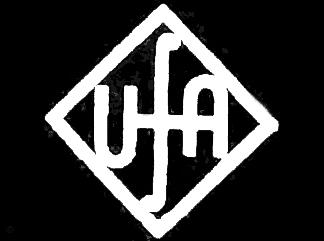Risk.
The risk of a spill, and the aftermath.
Governments come and go, but the residents live with the long-term aftermath of the accidents left by governmental policies, such as the nuclear facility in Hanford, Washington, which has been a potential problem since 1943.
Read about long-term consequences, on the ground and below the ground where an aquifer would be, in a ral-life situation:
AGU Blogosphere
Terra Central
http://blogs.agu.org/terracentral/2013/03/21/epa-to-enbridge-dredge-more-submerged-oil-from-the-kalamazoo-river/
21 March 2013
EPA to Enbridge: Dredge More Submerged Oil from the Kalamazoo River
Posted by John Freeland
The EPA has ordered additional dredging at three locations shown in red (Source: USEPA)
On July 25 2010, the 30-inch diameter Enbridge 6B pipeline ruptured near Marshall, Michigan. Roughly 1 million gallons of diluted bitumen (DilBit) from Canadian oil sands spilled into Talmadge Creek, a tributary to the Kalamazoo River. Nearly three years later, the cleanup continues.
Last week, the U.S. EPA issued a final Administrative Order requiring Enbridge, the owner of the pipeline, to conduct additional dredging to remove submerged oil from three portions of the Kalamazoo river and from sediment traps installed after the spill. EPA’s Cover letter and supporting documents are available here.
Rationale for Additional Dredging
Briefly, the EPA’s rationale for more dredging comes from data collected after extensive and ongoing monitoring of oil sheen and sludge. Analytical chemistry has identified the ruptured Enbridge 6B pipeline as the source...
Results of the poling identified three areas of submerged oil accumulation, as shown on the above map... The three areas are located in segments of the river with relatively low flow velocities, consistent with a hydrodynamic model of the river’s variable current along its length. Sampling over the past year has shown that the oil is not stationary, however, but is slowly moving downstream and into portions of Morrow Lake.
Weak Natural Attenuation and Net Environmental Benefit Analysis
An EPA bench study found that potential biodegradation of the oil in the Kalamazoo River, under optimum conditions, is only about 25 percent. Cold, dark benthic conditions make for slow decomposition. This undoubtedly played a major part in the decision to order additional dredging. Most cleanup operations inflict some kind of negative impact on the environment...
Concerns over DilBit
Tar Sands Pipelines Safety Risks, a 2011 joint report by the Natural Resources Defense Council, National Wildlife Federation, Sierra Club and the Pipeline Safety Trust, raises concerns over the chemical and physical properties of DilBit. The diluents added to reduce the viscosity of tar sand crude in pipelines contain benzene and polycyclic aromatic hydrocarbons. Benzene is a carcinogen and levels found in the air following the Enbridge 6B discharge prompted a voluntary evacuation of nearby homes.
(note: emphases mine; :benthic" = deep earth)
--


















No comments:
Post a Comment